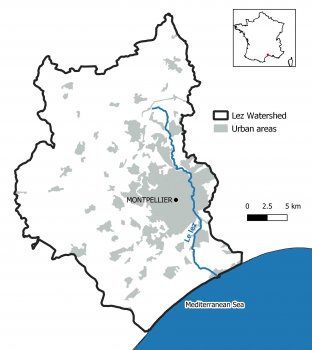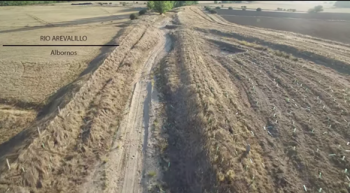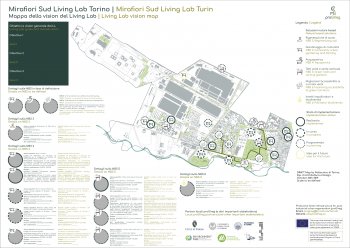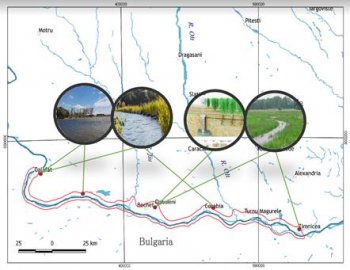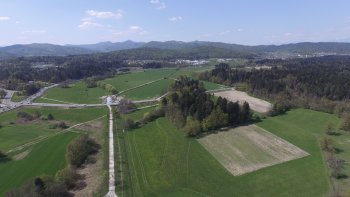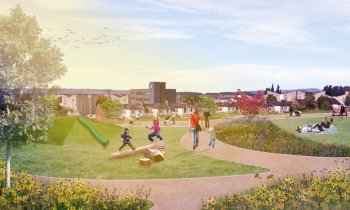Shanxi Qixian Wetland Park Restoration Project -Experience- AFD financed
Project introduction:
The Changyuanhe river is in Qixian, Jinzhong City, Shanxi Province, in North and Middle China and become the main axis of the project, both by its cultural and ecological important for the country. In the past, there were large areas of marsh wetlands along the river, which can regulate and enrich the ecological diversity with good water power. Today the contrast between the upstream natural area (which is still well preserved) and the downstream area (which is dry for four months of the year) is astonished. The project aims to afforest the 30km river...


